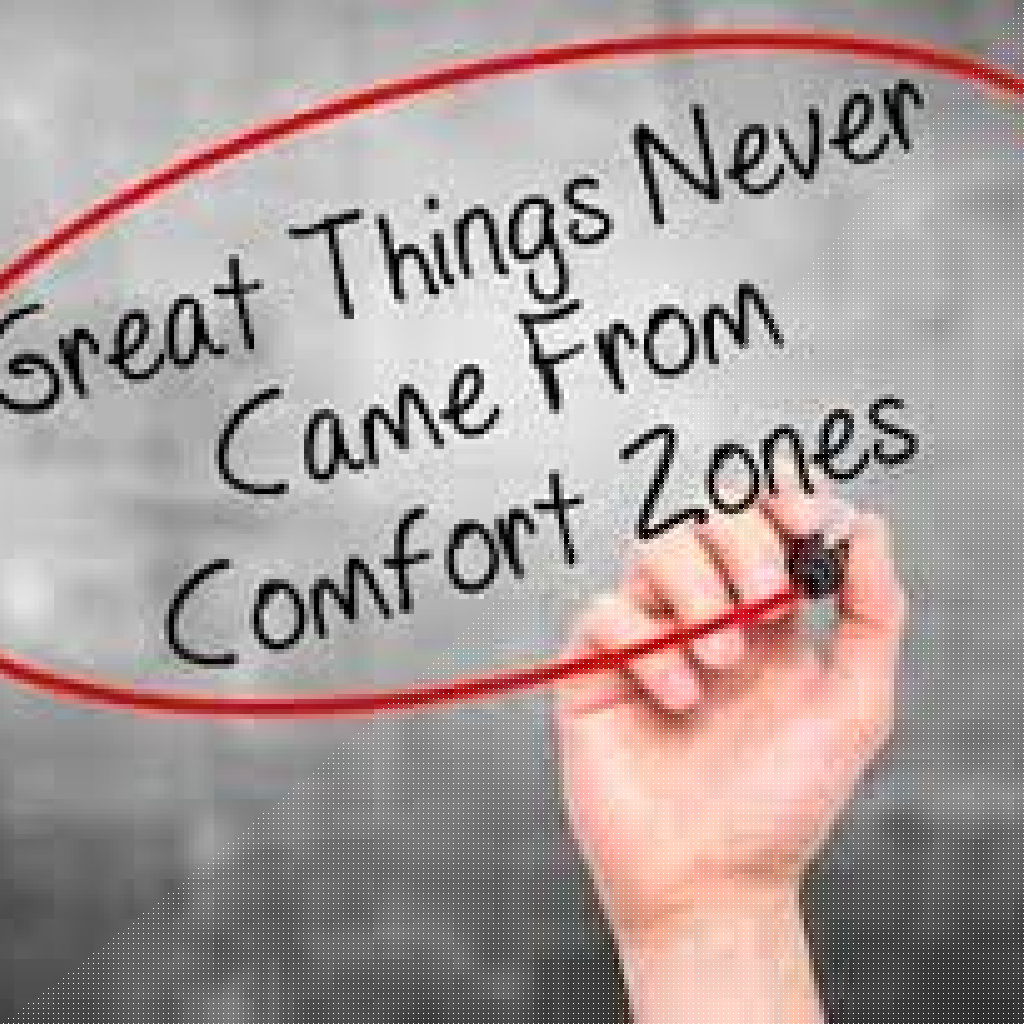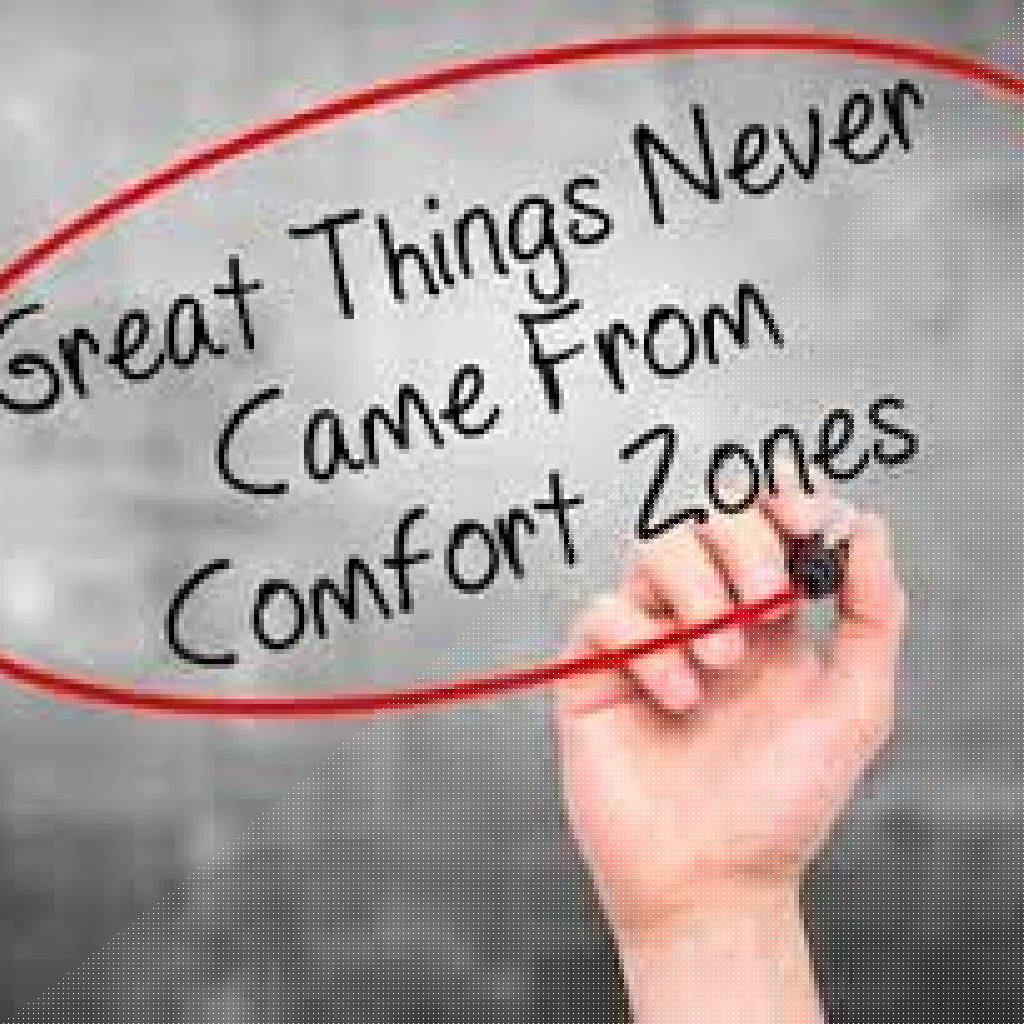Key Takeaways:
- Effective management practices, including clear communication and tailored training, are vital in boosting employee performance.
- Investing in leadership development and diversity training fosters a motivated and resilient workforce.
In today’s competitive business landscape, managers face the challenging task of enhancing employee performance while fostering a collaborative workplace environment. Understanding how to leverage effective management practices can profoundly affect team dynamics, productivity levels, and overall organizational success. From different management styles to employee training and communication strategies, this article will explore various approaches to improve workplace performance.
Understanding Management Styles
Management styles play a significant role in how teams operate and perform. Whether you resonate more with a democratic, autocratic, or laissez-faire approach, the key is to adopt a style that fits your team’s needs. For instance, a democratic style encourages team input, fostering creativity and collaboration, particularly in industries reliant on innovation. Conversely, an autocratic approach may be more effective in crisis scenarios where swift decision-making is critical.
This adaptability is crucial. Leaders who recognize the importance of tailoring their approach based on the team’s current needs can better navigate the intricacies of employee motivation and satisfaction. A great example is tech companies often employing a more democratic style during brainstorming sessions while switching to autocratic leadership when enforcing deadlines.
How Can Hiring and Training Impact Performance?
Hiring the right talent is the first step towards building a high-performing team. Managers should emphasize hiring strategies that assess not only technical skills but also cultural fit. Integrating behavioral interviews can help reveal how candidates align with the company’s core values.
Once you’ve hired the right people, the training process is essential. Companies that invest in ongoing employee training and development see significant improvements in productivity. For instance, a retail company that revamped its training program to include ongoing workshops and mentoring led to a remarkable decrease in employee turnover and an increase in sales performance. Such practical training initiatives ensure employees feel valued and supported, directly correlating with their job satisfaction and productivity levels.
What Are Effective Communication Strategies for Managers?
In any organization, communication is the bedrock of effective management. Clear and concise communication ensures that team members understand their roles and expectations. Regular meetings, feedback sessions, and open-door policies can help create a transparent environment where employees are heard and valued.
For example, Google has implemented “pulse” surveys to gauge employee sentiment and gather feedback regularly. This proactive communication strategy not only aids in identifying areas for improvement but also promotes a sense of belonging and trust among team members. Ensuring all voices are heard can foster a culture of inclusivity, empowering teams to drive performance further.
Building Strong Workplace Relationships
Creating strong interpersonal relationships within teams can lead to enhanced collaboration and productivity. Managers should encourage initiatives that foster team bonding, such as team-building exercises or collaborative projects. A strong foundation built on trust allows team members to communicate openly and effectively.
Additionally, mentorship programs can be a powerful way to build relationships across different levels of the organization. Pairing experienced employees with newer team members can facilitate knowledge sharing and support, significantly impacting employee engagement and performance.
Managers must also be wary of “cliques” that can form within teams, which can disrupt harmony. By promoting diverse team compositions and values, organizations can minimize these barriers, leading to a more cohesive work environment.
How Does Leadership Development Influence Employee Engagement?
Investing in leadership development is critical for fostering a culture of growth and engagement within the organization. By empowering managers with leadership training, organizations prepare them to face challenges while further motivating and inspiring their teams. Studies show that organizations with strong leadership development programs see higher employee satisfaction, retention, and productivity levels.
Leaders trained in emotional intelligence are particularly effective in understanding the feelings and motivations of their teams, fostering a more empathetic workplace. Companies like IBM have seen vast improvements through leadership workshops focusing on emotional intelligence, significantly enhancing team morale and productivity.
Diversity Training: Why It Matters
In recent years, the importance of diversity training has risen dramatically. A diverse workplace enhances innovation, as employees bring a variety of perspectives and ideas. Implementing effective diversity training programs not only improves team dynamics but can also lead to higher employee satisfaction rates. Training programs focusing on inclusivity create a more harmonious work environment where all employees feel represented and respected.
The outcome is clear: organizations prioritizing diversity see a beneficial impact on employee performance and creativity. Therefore, smart managers will recognize that investing time and resources into diversity training is not merely a compliance issue but a business imperative.
Conclusion
In conclusion, modern management practices center around understanding the nuances of employee relations and performance. By focusing on effective management styles, communication strategies, and training programs, managers can create an environment that fosters growth, retains talent, and boosts productivity. As workplaces continue to evolve, those who stay committed to refining their management practices will undoubtedly see the most success, with engaged and high-performing teams leading the charge toward organizational goals.













